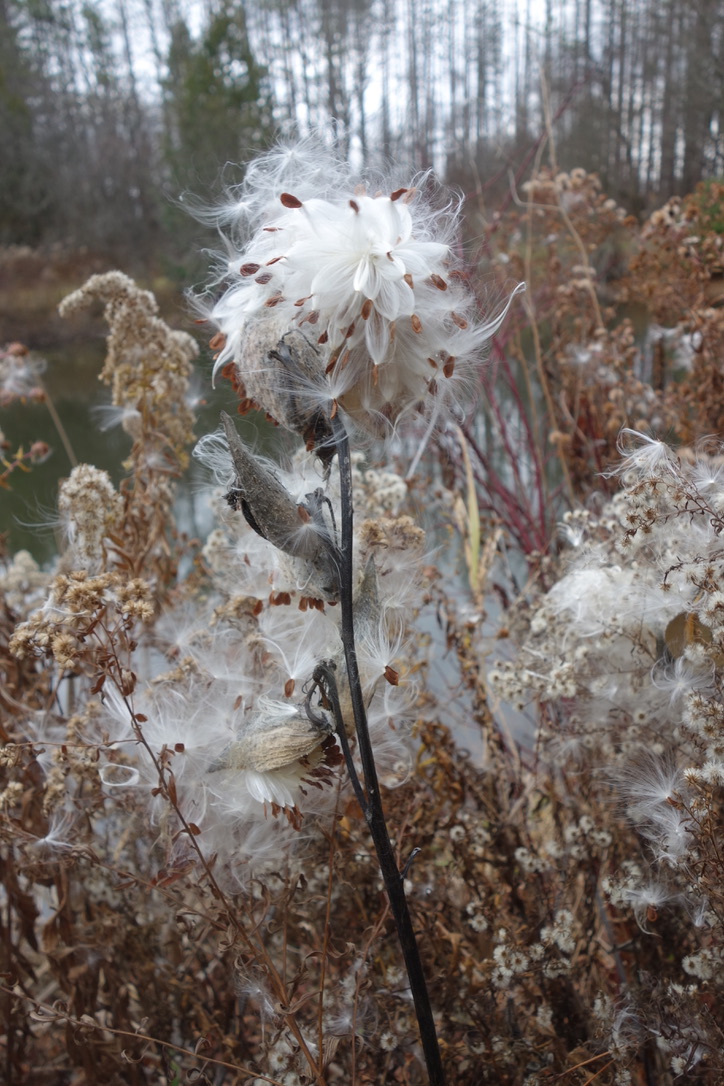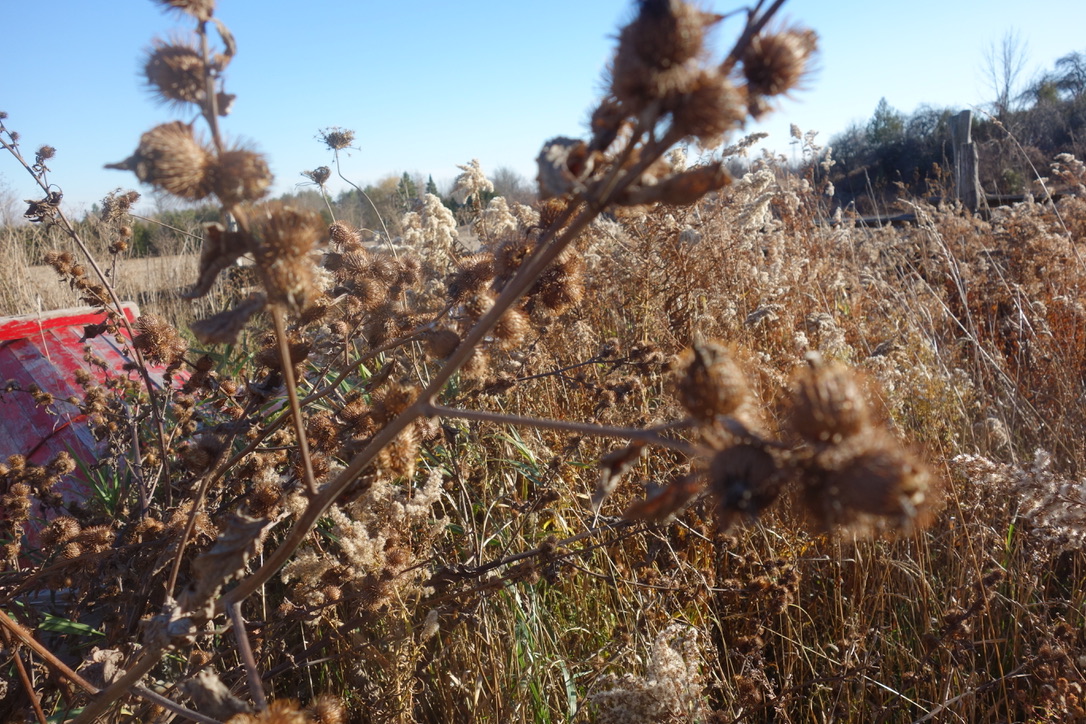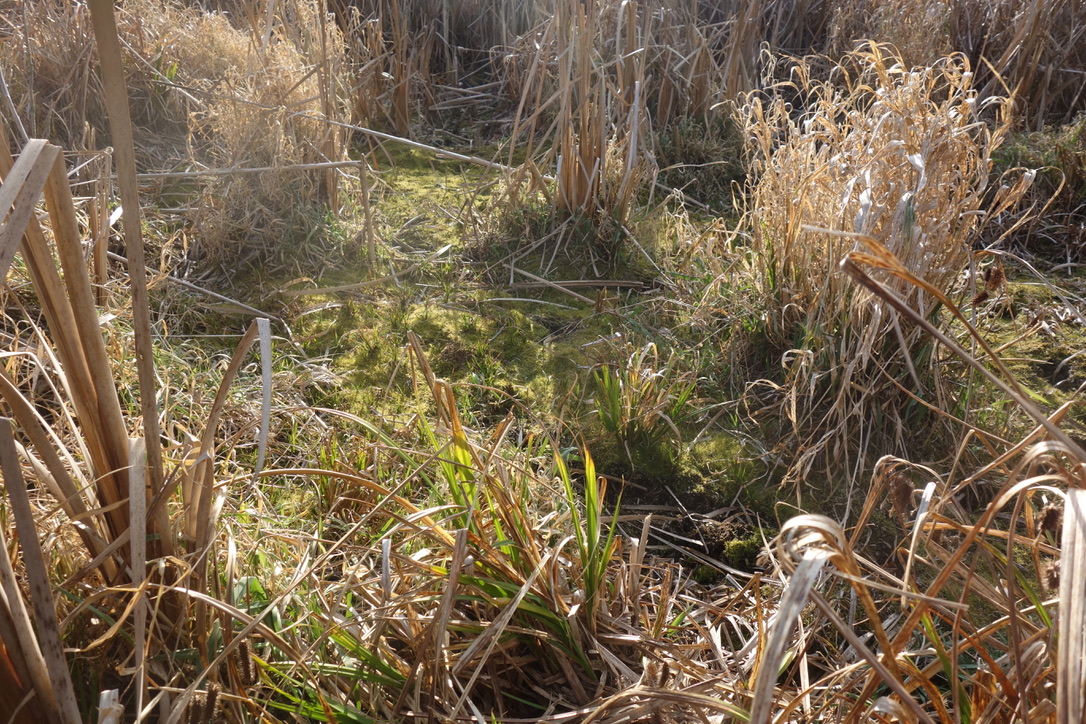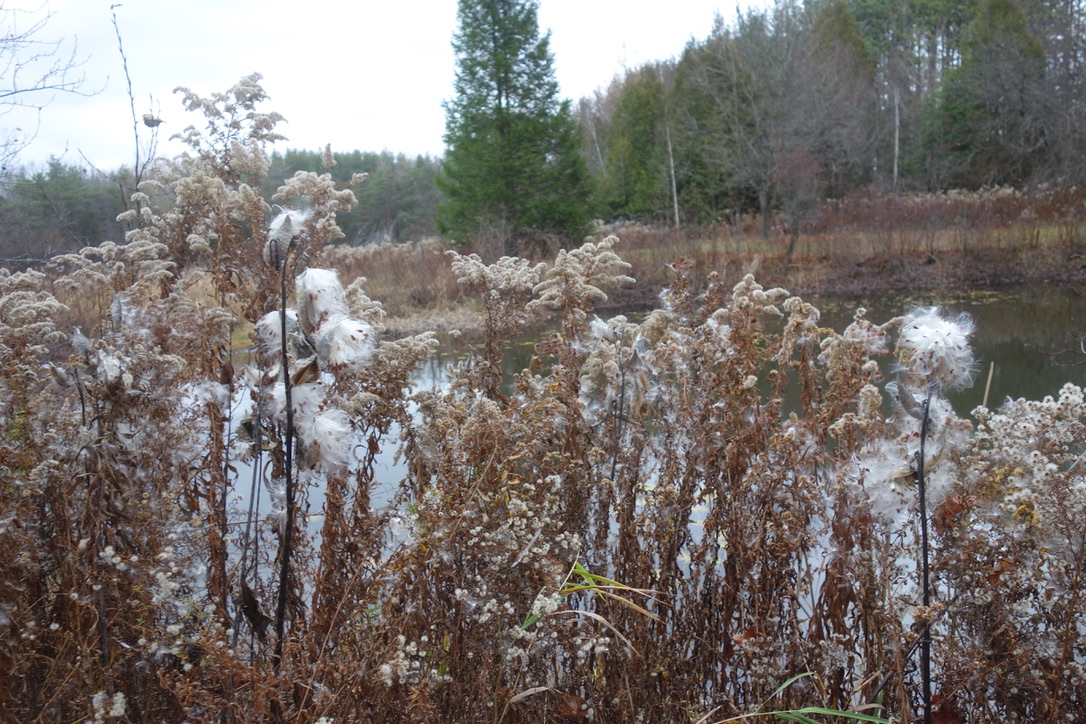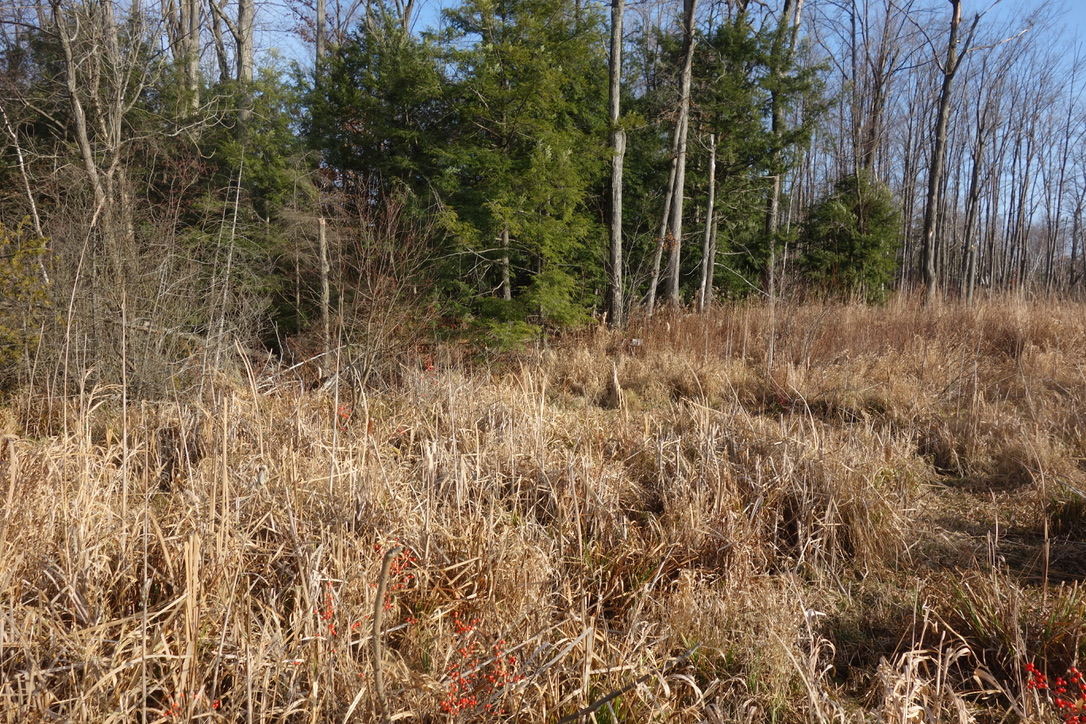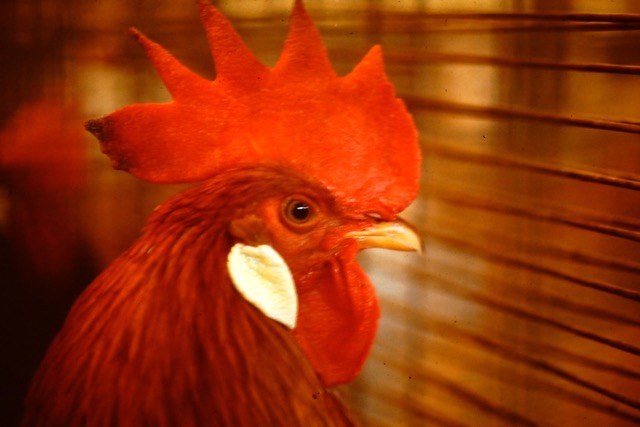
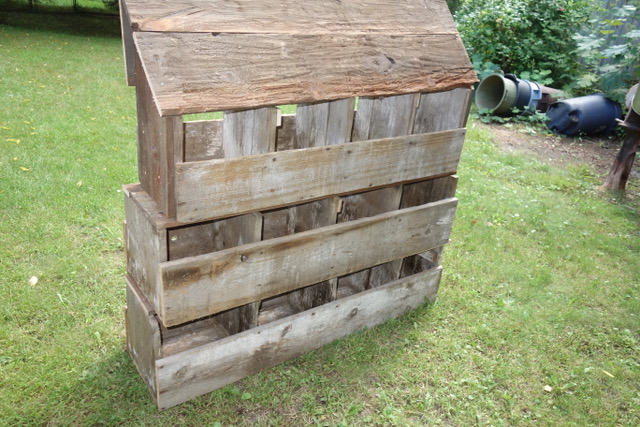

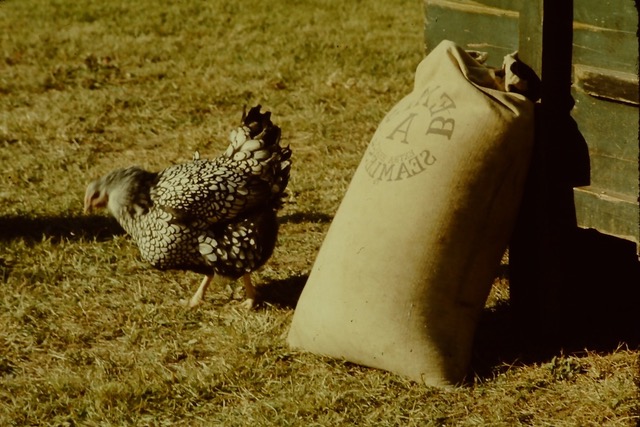

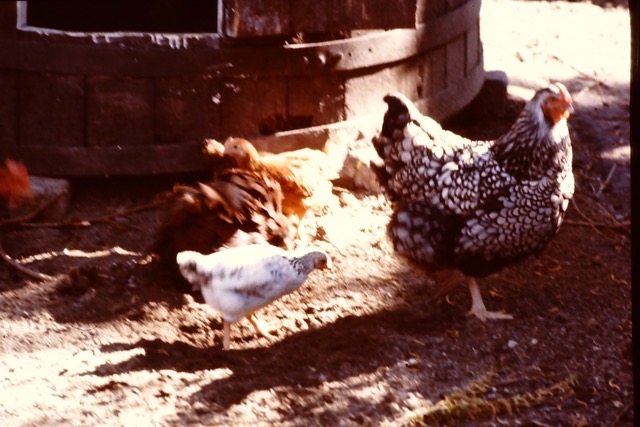

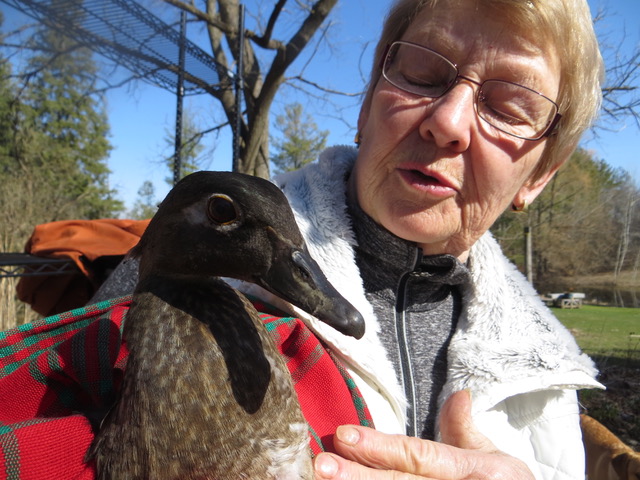


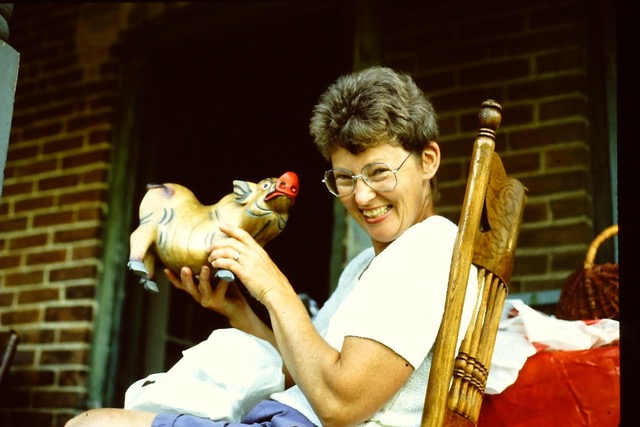
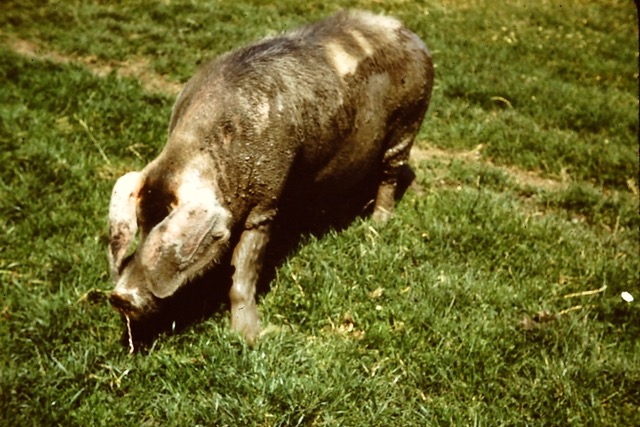
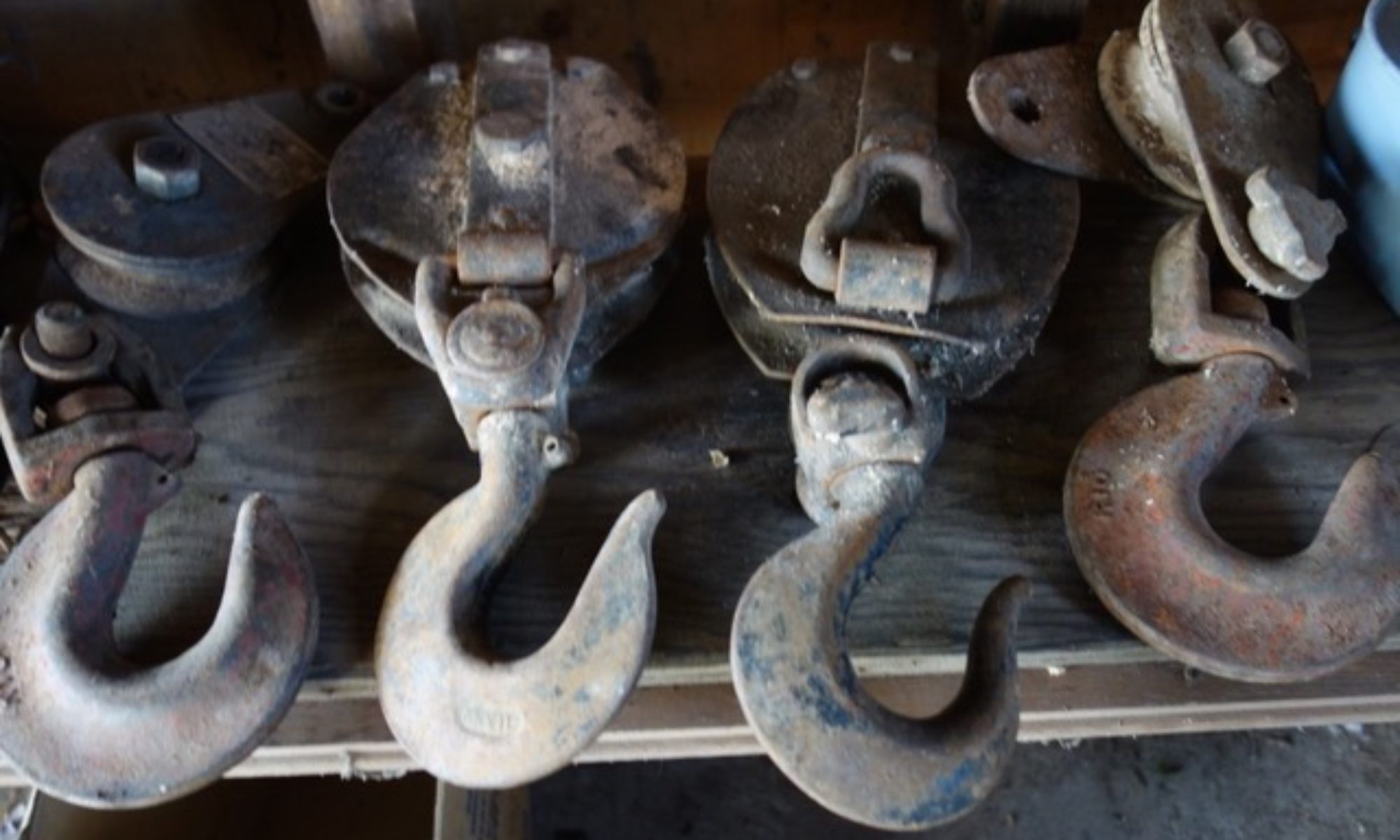
Alan's Oeuvre












 W
W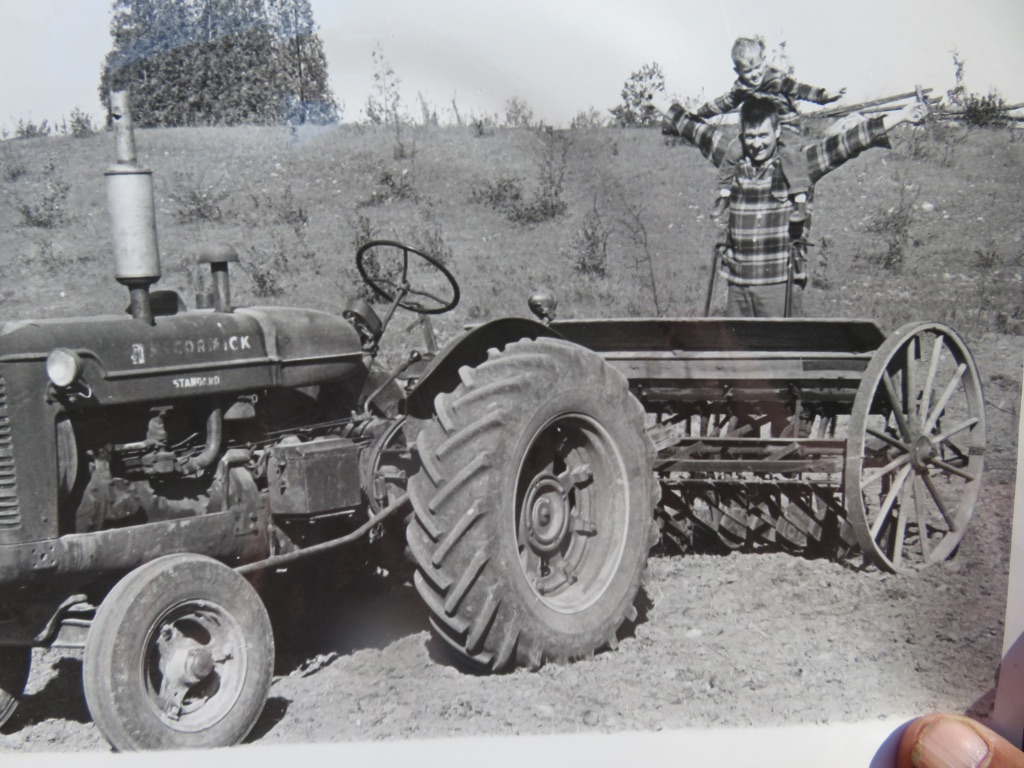
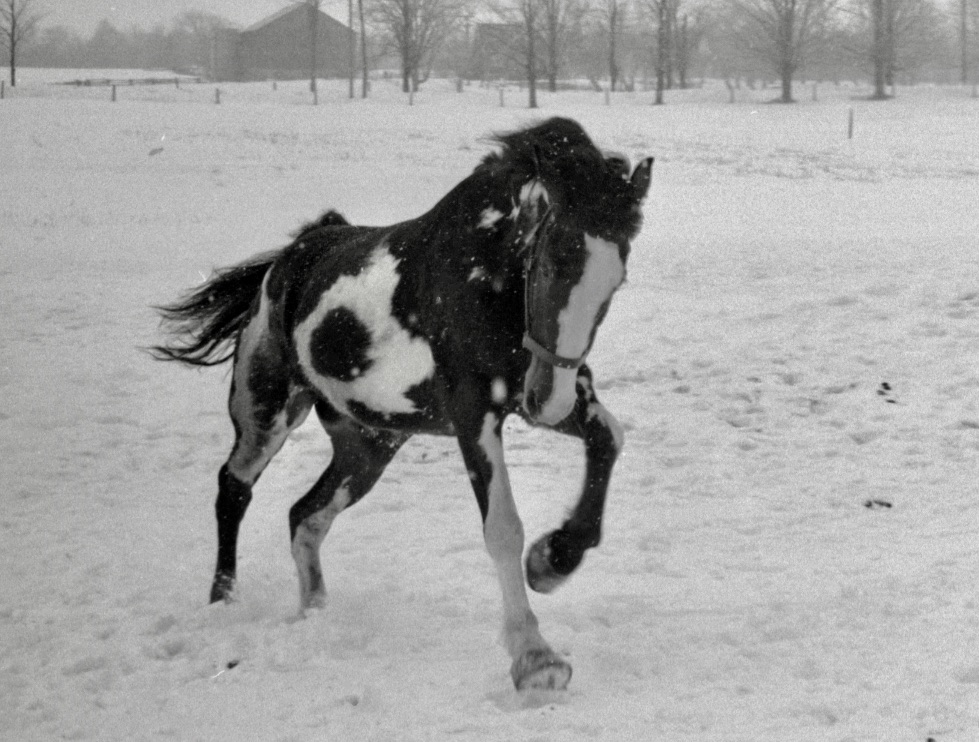
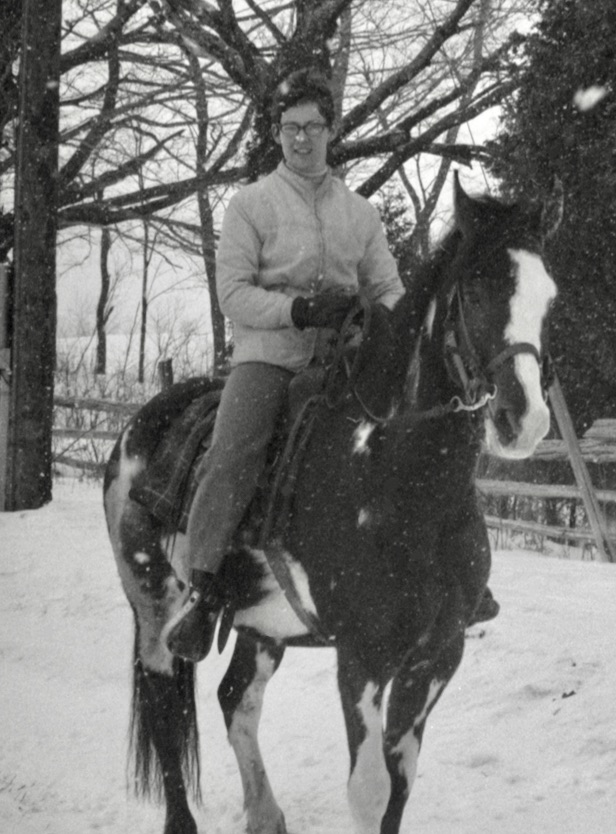
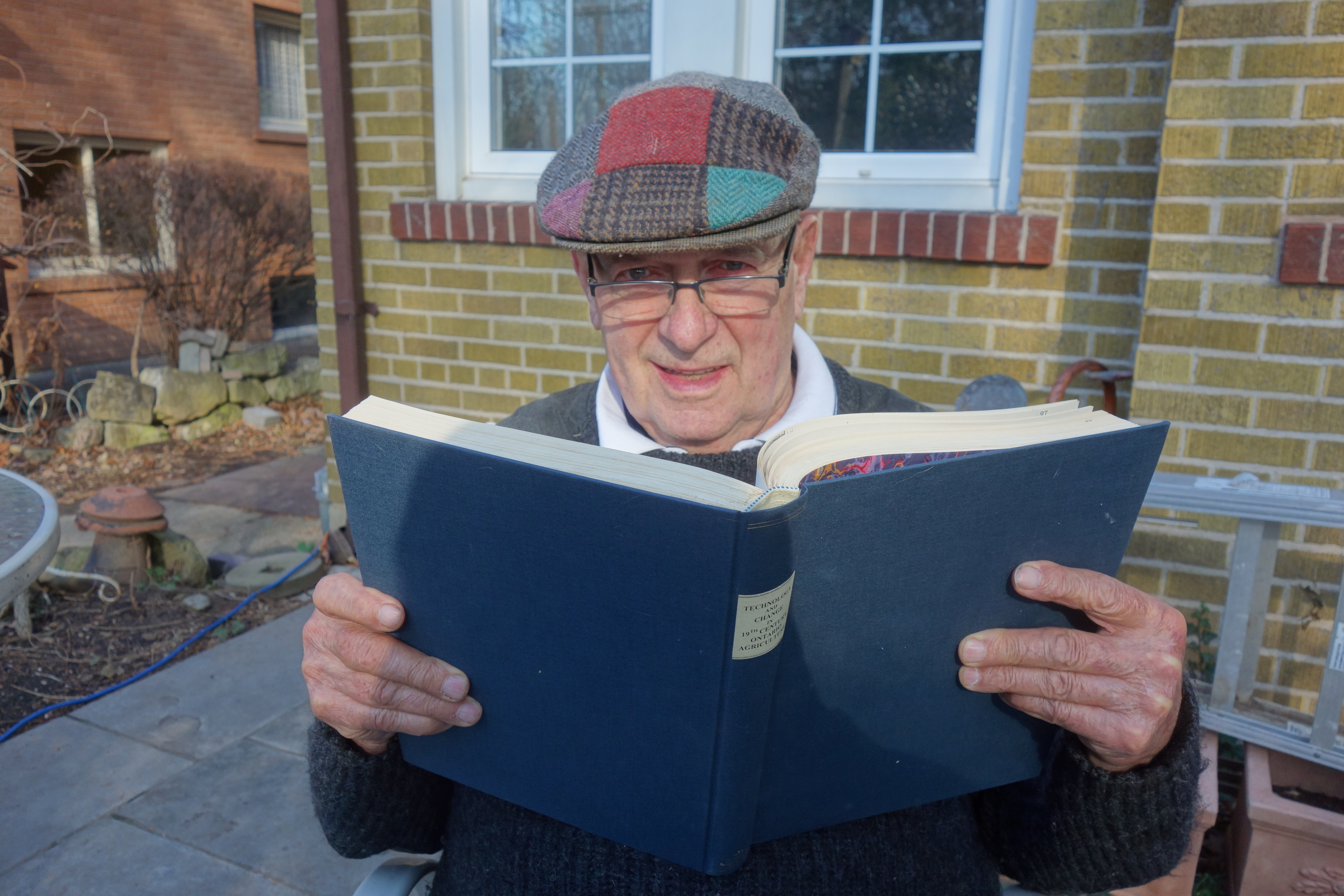
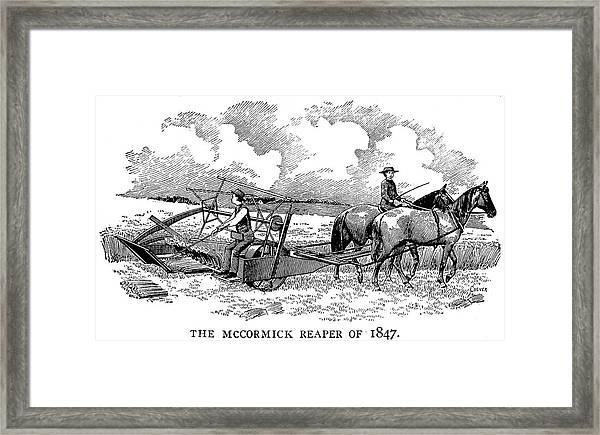

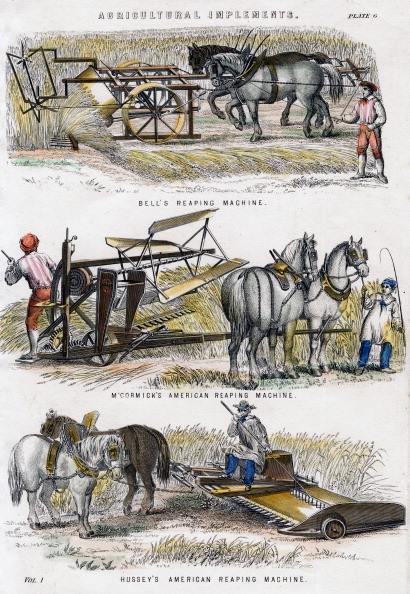
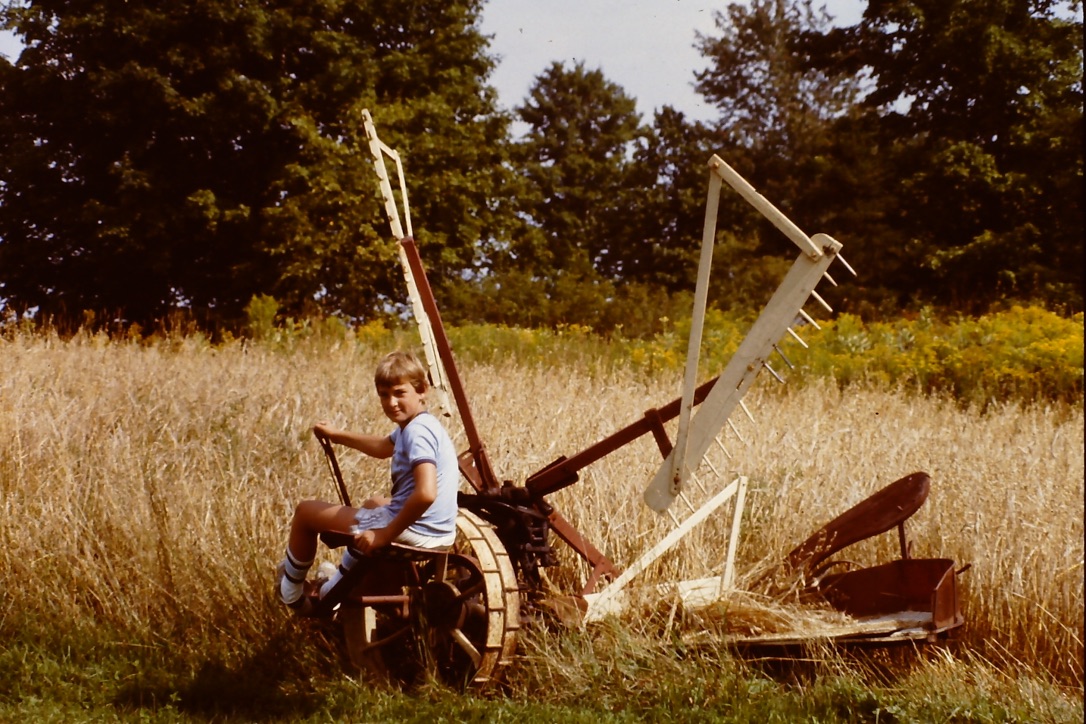
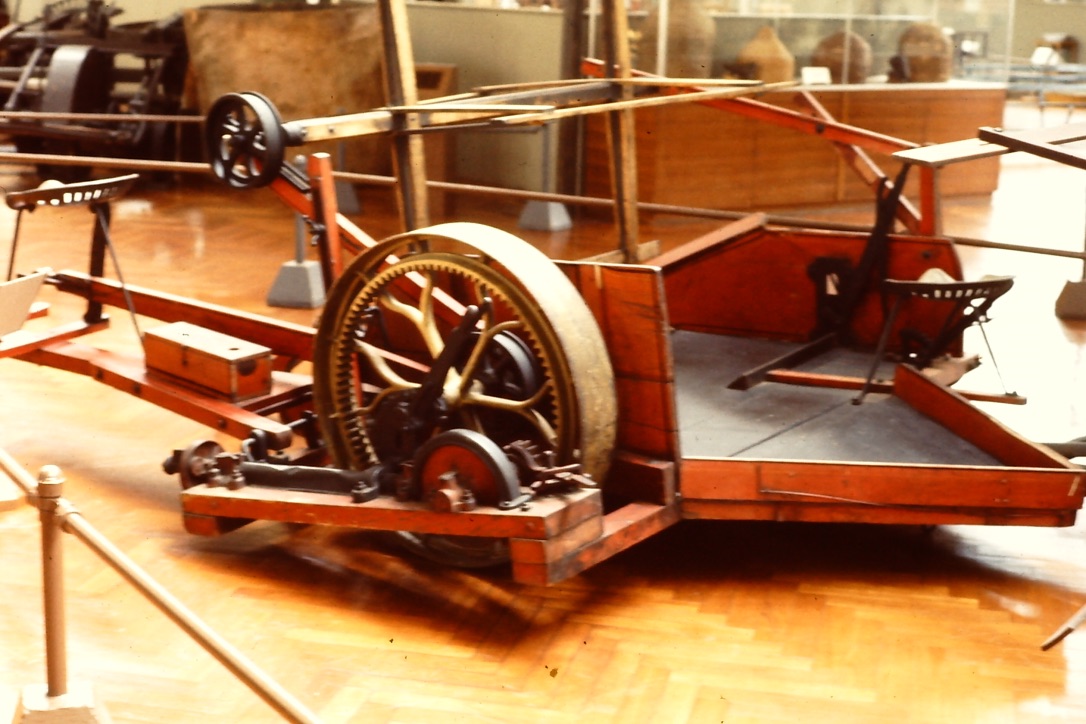
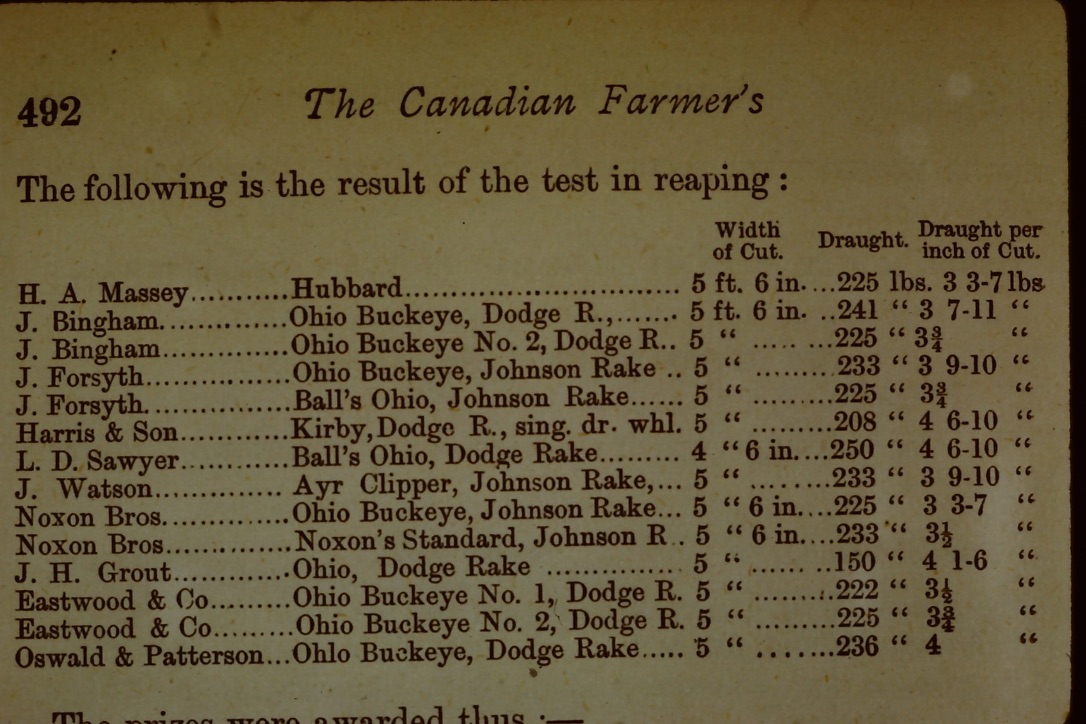
Begin forwarded message:
From: The New York Times <nytdirect@nytimes.com>Subject: Canada Letter: Ontario announces more measures to keep schools open during lockdownDate: November 28, 2020 at 6:00:02 AM ESTReply-To: nytdirect@nytimes.com
TORONTO — On Monday, as I was writing a news article about Canada’s enthusiasm for keeping schools open during the second wave of the coronavirus, an email arrived from my daughter’s high school alerting me that a student had tested positive and a grade-12 class had been asked to self-isolate.
It was the first time this happened since Toronto public schools finally reopened in mid-September.
A school in Scarborough, an inner suburb of Toronto, in September. Despite Toronto’s new coronavirus restrictions, classes have remained open.Carlos Osorio/Reuters
I had expected such news much earlier. Like many parents, I had feared schools would be petri dishes of the coronavirus. I predicted they would stay open no later than Canadian Thanksgiving and that my two children would be trapped once again at home with me and my husband — all of us driving one another nuts.
That, most happily, has not been the case.
There have been outbreaks in 83 Toronto schools, each with an average of five cases, according to Dr. Vinita Dubey, associate medical officer of health for Toronto. That is out of some 1,200 schools in the city — so about 7 percent.
But, unlike New York City, which responded to rising rates of community transmission by shutting down schools while keeping bars and restaurants open, the Ontario government has made the opposite decision: It shut down bars and restaurants in Toronto and two of its sprawling suburbs, but kept schools open.
“Ontario schools remain safe,” said Stephen Lecce, the education minister for the province, at a news conference on Thursday. “They remain safe even while we face increasing rates of community-based transmission.”
He vowed to “make sure we do whatever it takes to keep schools safe and to keep them open, which I think is an overwhelming societal imperative in this province and in this country.”
To that end, he announced more funding for school boards in hot spots and a program of testing asymptomatic students and staff in schools in four of the province’s hardest-hit areas — something his government first promised in the summer, and critics have been demanding for months.
“That’s great news but we heard the same thing in August,” said Ryan Imgrund, a high school science teacher and biostatistician in Newmarket, just north of Toronto. “I’ll believe it when I see it.”
Toronto is the biggest city in Canada and, in fact, its schools have among the strictest coronavirus safety rules in the country. All children are required to wear masks in school, including the young ones — which is not the case in most Canadian school boards. And class size for high school kids is capped around 15 — which in the case of my daughter means she takes most of her classes online and is in the physical school only a quarter of the time.
Preparations for students at a school in Scarborough, part of the Toronto District School Board. Toronto’s schools have among the strictest coronavirus safety rules in the country.Pool photo by Nathan Danette
Each morning that my daughter and my son, who is in Grade 7, do physically go to school, they complete an online Covid-19 screening, verifying that they don’t have any coronavirus symptoms before arriving. If they do have symptoms, they are expected to stay home and, in most cases, get tested. Whenever a student tests positive, the public health unit swoops into the school to both contain the virus and investigate its spread, through testing and contact tracing, according to Dr. Dubey.
So far, she said, her office’s data shows that most children are infected at home, not at school.
“Schools are actually still a safer place for children to be,” Dr. Dubey said, noting that the positivity rate among Toronto’s teenagers is 7.5 percent — higher than the rate seen in schools.
She added: “If kids are not in school, they are going to be in the community more — at play dates, or the like, where Covid spreads. That’s part of the balance. At least in a school setting, they are socializing and getting an education, and it’s ‘controlled.’”
Many parents are not convinced. In Toronto, the percentage of children opting for online learning jumped to 33 percent in late October from 26 percent at the beginning of the school year, according to figures from the Toronto District School Board. In the suburbs of Mississauga and Brampton, the shift was even more pronounced, with nearly half of public elementary school students now attending classes virtually, according to the Canadian Press wire service.
“Many, many, many families don’t have confidence in the plan put in place by this government,” said Kelly Iggers, a mother and teacher at an elementary school in Toronto who amassed more than 270,000 signatures on a petitiondemanding that the government reduce class sizes, which did not happen. “At this point, only a very small proportion of children are getting tested. We just don’t know how many cases are out there.”
She added, “The provincial government is claiming success based on an absence of data.”
Studies show about 30 percent of children with coronavirus are asymptomatic, said Dr. Dubey. So, the new testing in schools where there are no outbreaks should be revealing. It could confirm what public health officials and politicians have been saying — that schools are relatively safe, compared with Covid-19 spread in the community. But it could also confirm parents’ fears — that the virus is circulating more widely in schools than has been reported.
Staff at the Ministry of Education said that the information from the new testing would be publicly shared.
“It’s a promising development, and I am really looking forward to seeing some clearer data to show us what is happening in our schools,” Ms. Iggers said. “But the success of this measure will really depend on whether it is rolled out effectively, results are shared transparently and the government is willing to implement appropriate actions in response to the findings.”
Meanwhile, I have not heard anything more from my daughter’s school, which I’m assuming is good news. So she left for school again this morning — which made both of us really happy.
Trans Canada
A moose licking a visitor’s car last month in Jasper National Park, in Alberta, Canada.Elizabeth Wishart
- Digital signs set up in Alberta’s Jasper National Park set the internet on fire this week. They instructed drivers, “Do not let moose lick your car.” Yes, that is a thing.
- The Times’s art critic Jason Farago gives readers an incredible, intimate tour of an iconic painting that hangs in the National Gallery of Canada in Ottawa. Anyone who has studied the Battle of the Plains of Abraham, in Quebec City, will recognize “The Death of General Wolfe,” by Benjamin West. Jason calls the work the “origin story” of “Canadian history and American painting.”
Catherine Porter is the Canada bureau chief, based in Toronto. Before she joined The Times in 2017, she was a columnist and feature writer for The Toronto Star, Canada’s largest-circulation newspaper. @porterthereport
How are we doing?
We’re eager to have your thoughts about this newsletter and events in Canada in general. Please send them to nytcanada@nytimes.com.
Like this email?
Forward it to your friends, and let them know they can sign up here
Need help? Review our newsletter help page or contact us for assistance.
You received this email because you signed up for Canada Letter from The New York Times.

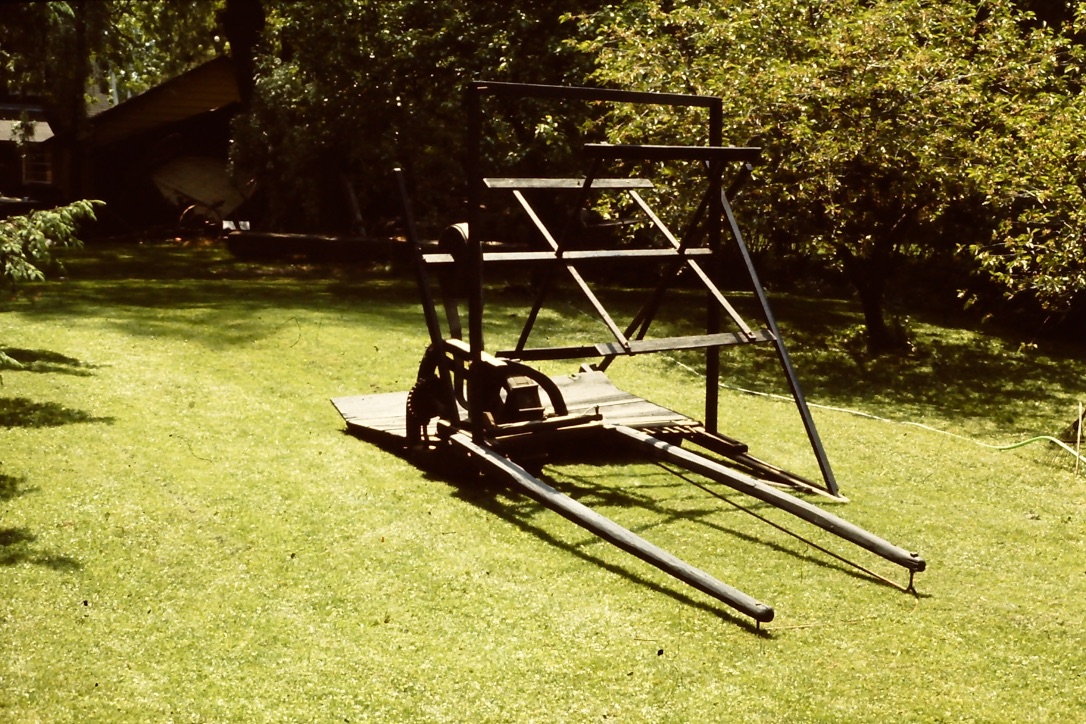

McCORMICK AND HIS REAPER

A PUZZLE: Why does the reaper I restored look so primitive when compared to he sleek looking McCormick reaper pictured above?
THE CLATTERING THAT TERRIFIED HORSES
The first McCormick Reaper had problems with the cutter bar which did not work too well. And the machine made so much clattering

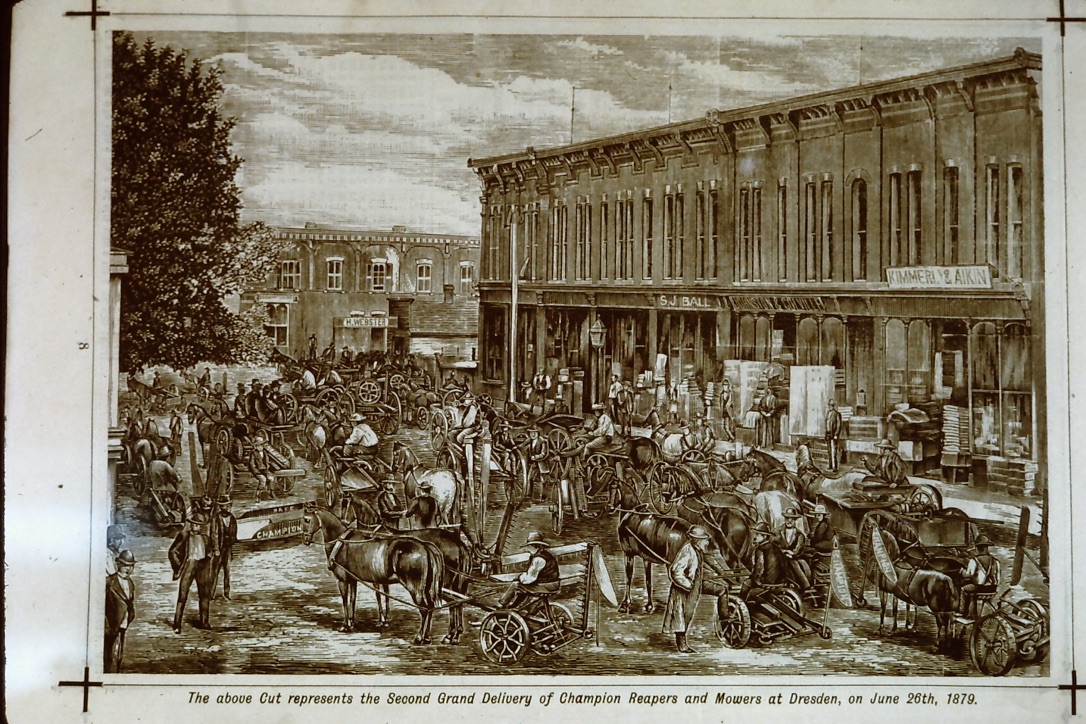

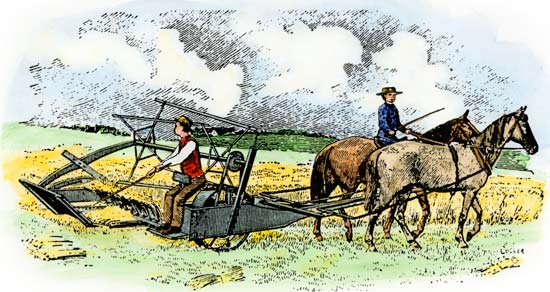

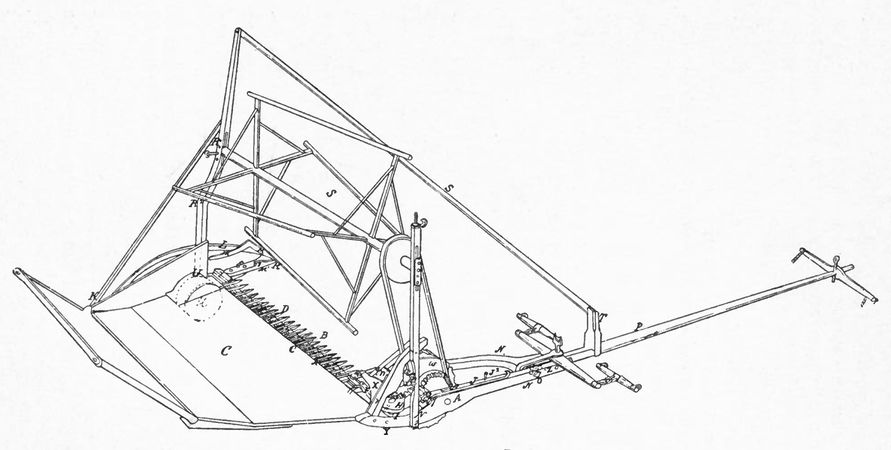

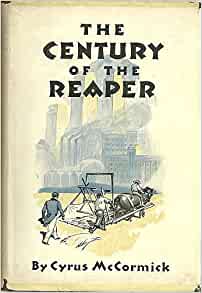
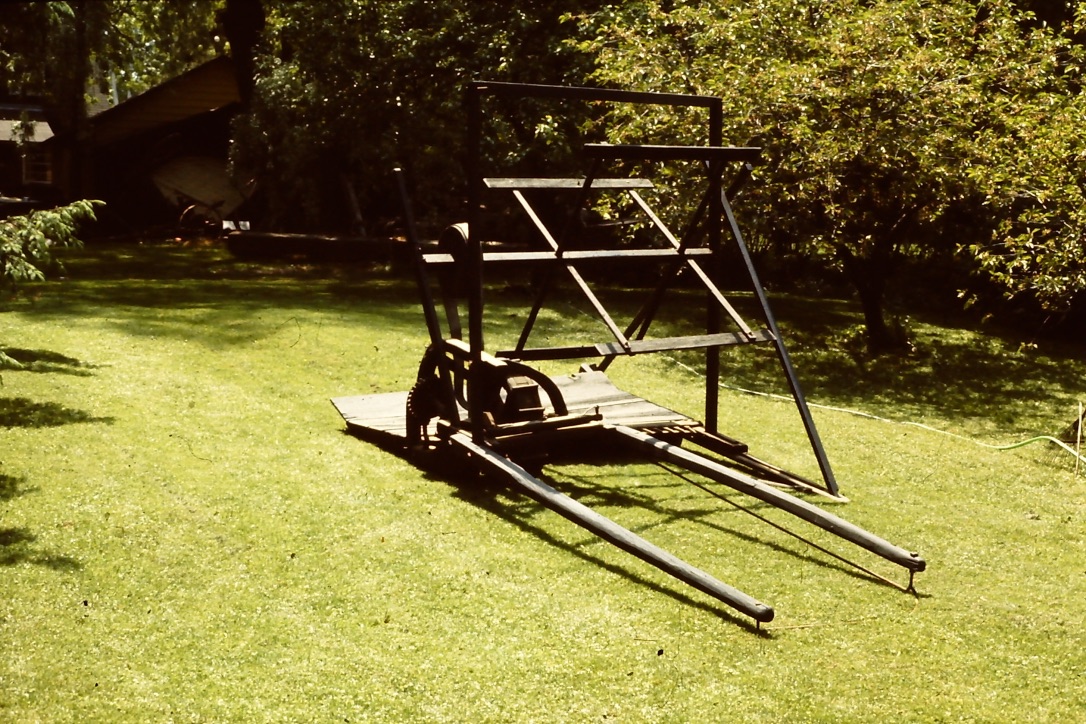
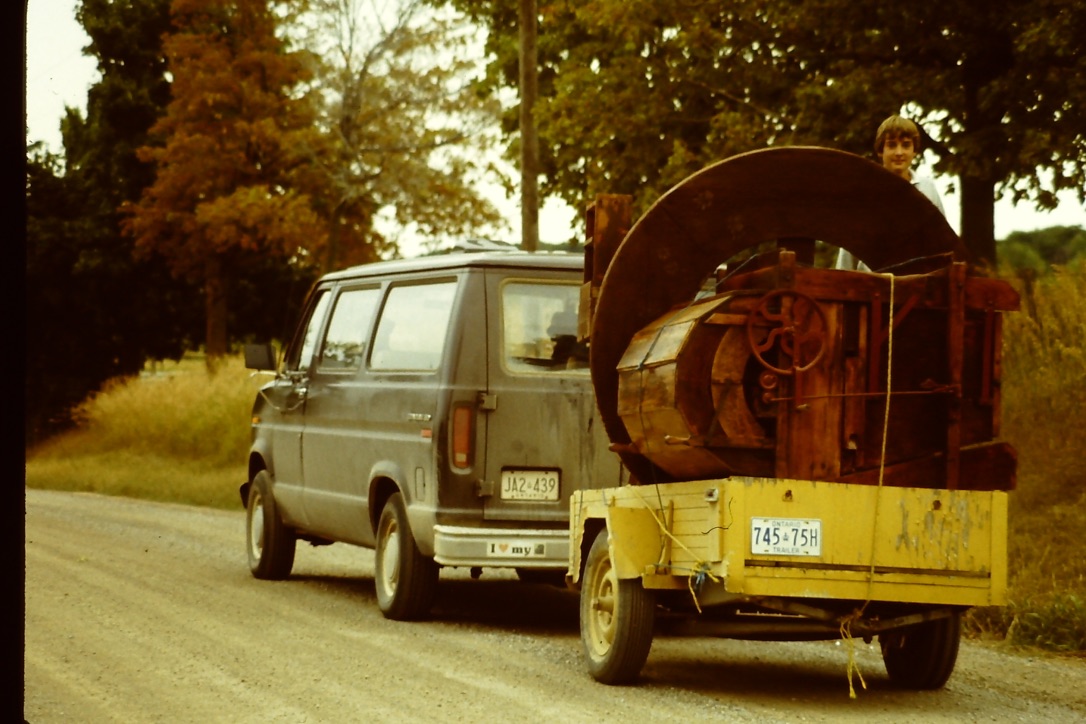
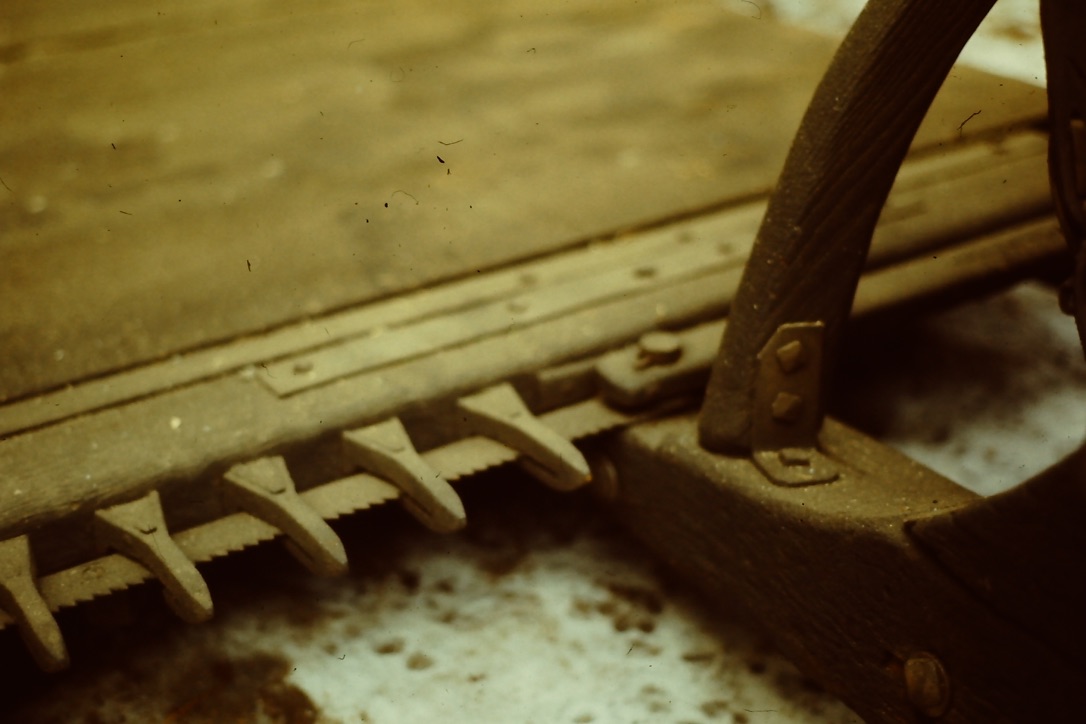

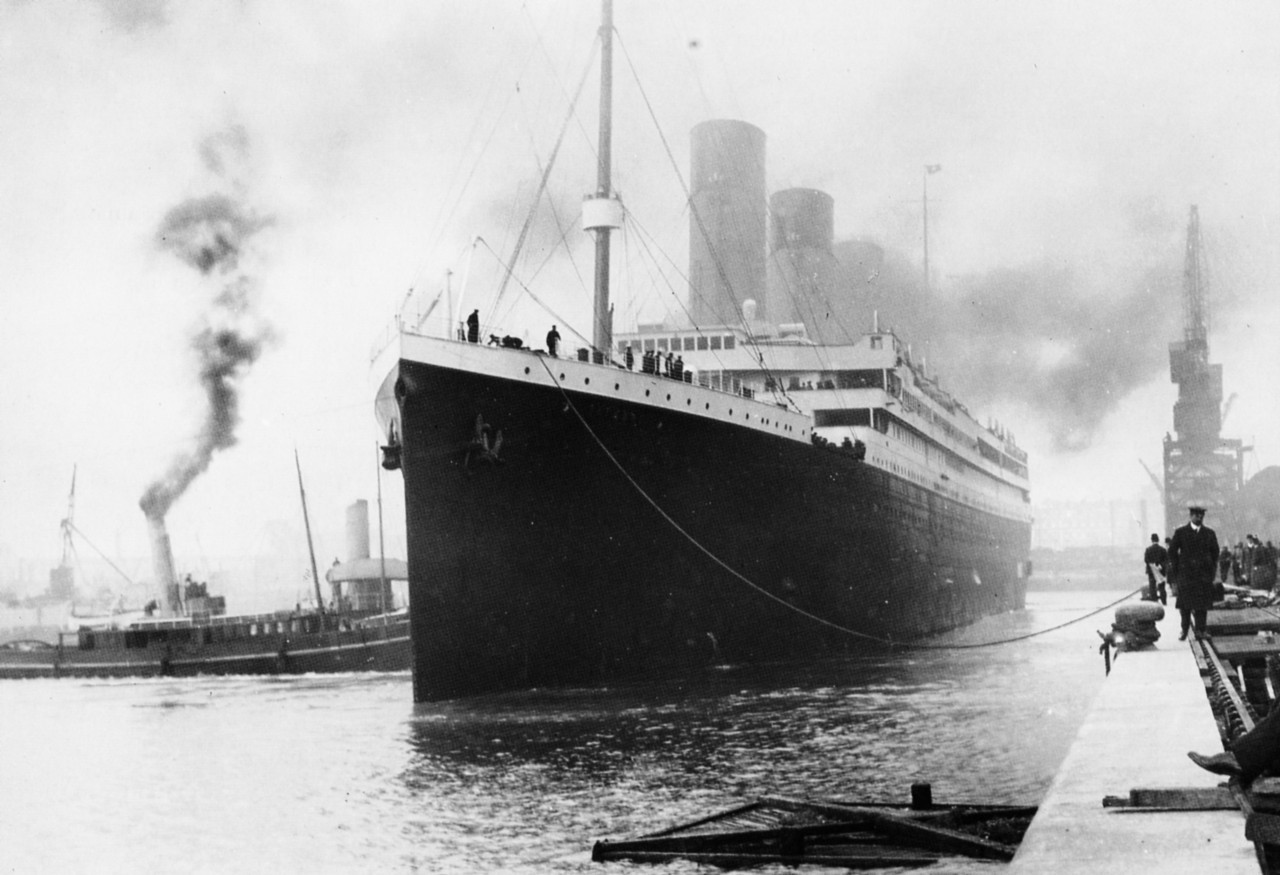
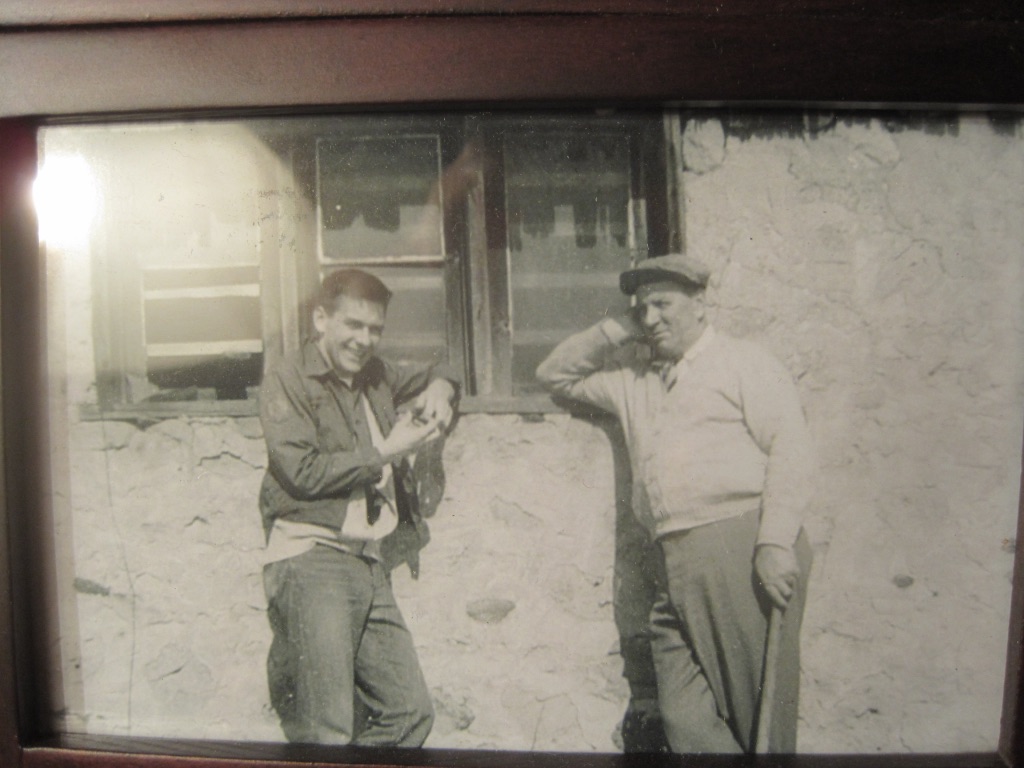




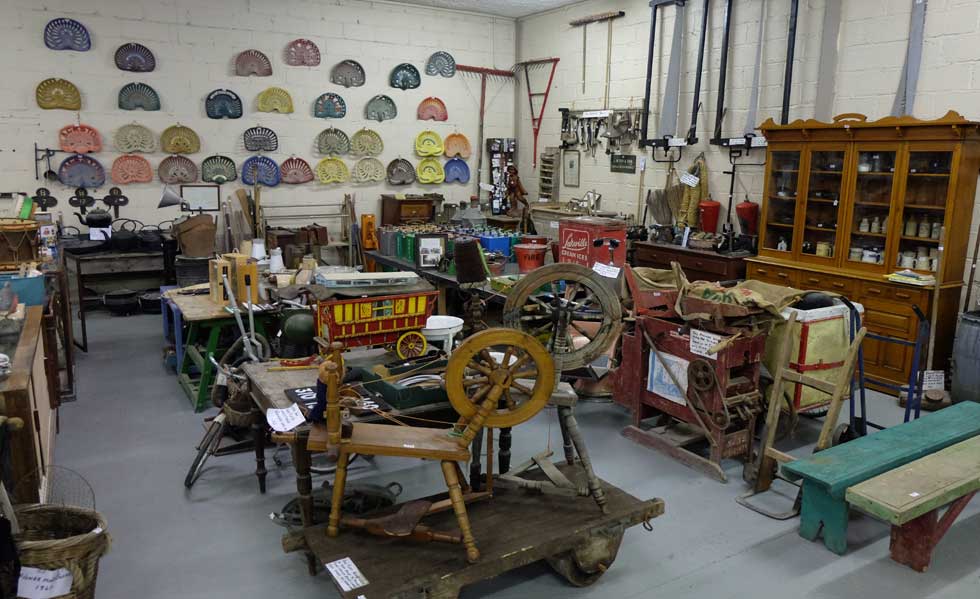
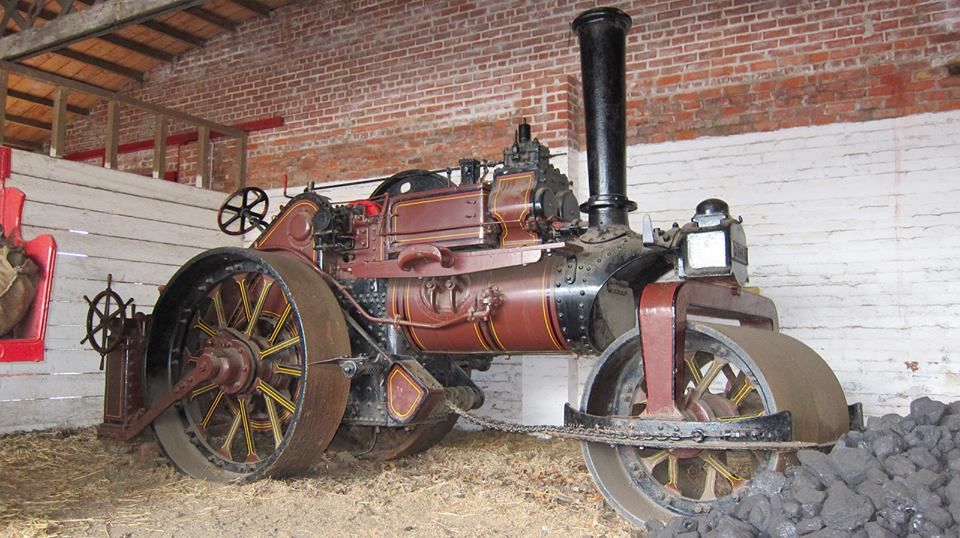


Begin forwarded message:
From: ALAN SKEOCH <alan.skeoch@rogers.com>Date: November 22, 2020 at 12:41:49 PM ESTTo: Alan Skeoch <alan.skeoch@rogers.com>
EPISODE 176 PATRICK BELL…INVENTS FIRST REAPING MACHINE…TAUGHT SCHOOL IN FERGUS, C.W.alan skeochNov. 2020
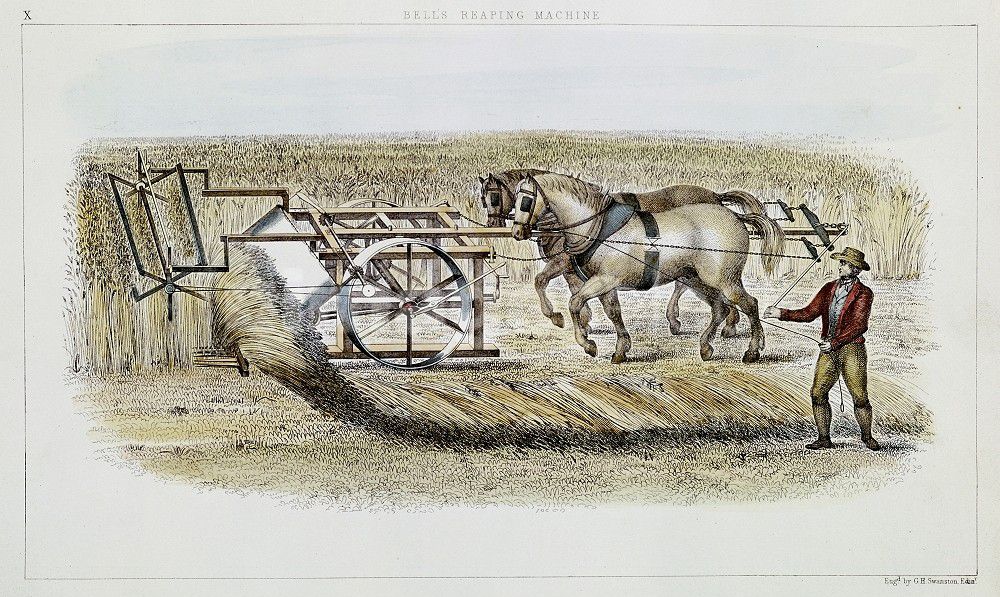

Then, much later another piece of unexpected good luck came when my interest in
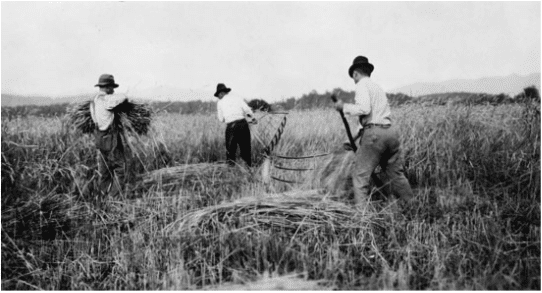
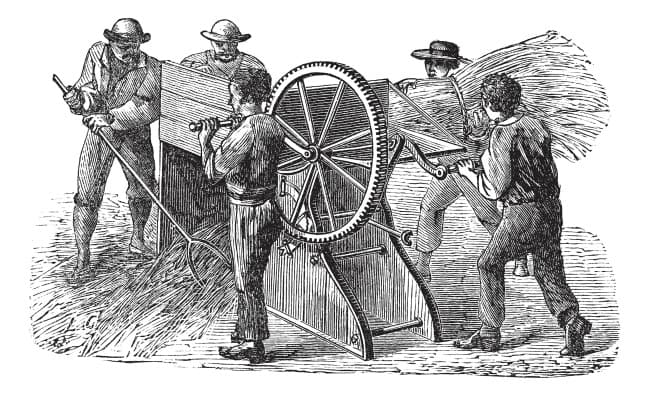

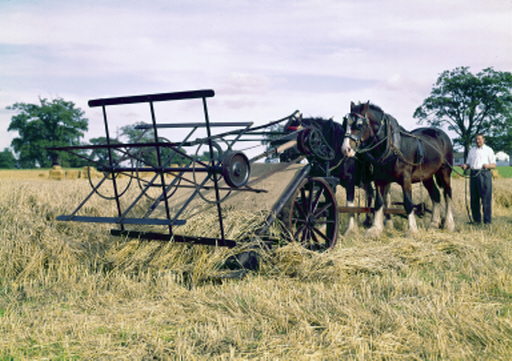
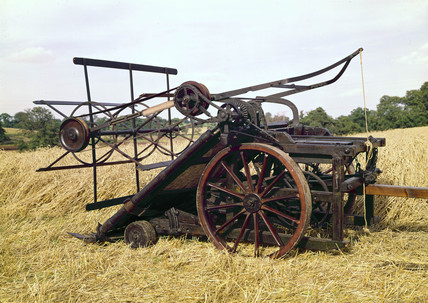
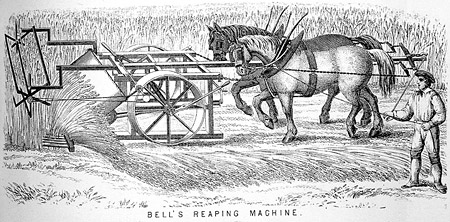



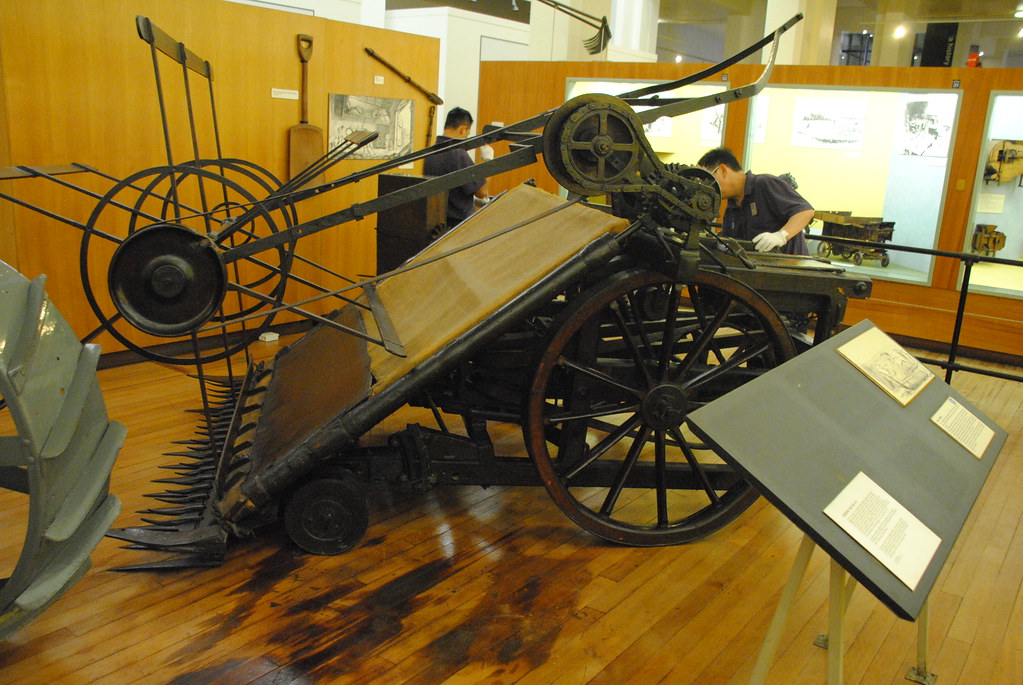
Journals of the Reverend Patrick Bell (c 1799 – 1869) kept during his visit to Canada, 1833 – 1837.
GB 231 MS 2317/1 – 2 Journal of travels between Great Britain and the province of Upper Canada, 1833-4.
GB 231 MS 2317/1 contains an itinerary of the journey from Great Britain to the Province of Upper Canada, describing his route through Dundee, Cupar (Fife), Glasgow, Isle of Man, Manchester and Liverpool; his passage to New York on board the Eagle, continuing up the River Hudson to Albany, and by Erie Canal to Queenstown, Canada, passing through Saratoga, Little Falls, Utica, Syracuse, Auburn, Lockport and Louisville, Jun 1833 – 1834. The volume is fully indexed and accompanied by a tabular record of daily temperature and weather conditions, Nov 1833 – Feb 1835; an account of a journey from Niagra Falls to the city of Fergus, township of Nichol, Apr 1834; and outline plans for his second volume, to include an account of agricultural practices in Upper Canada, notes on the natural history of the region and hints to emigrants, Jul 1835.
GB 231 MS 2317/2 is a fair (and slightly expanded) version of the first part of GB 231 MS 2137/1, and of another volume (or volumes) which has not survived. It begins in 1833 and ends 6 Mar 1834. The last page is inscribed Drummondvill Niagra Falls U.C. – Patrick Bell.
GB 231 MS 2318 Journal or rather observations made in Upper Canada during the years 1834, 35, 36 and 37.This is a continuation of Bell’s journal for the period 1834 – 1837; also containing weather observations, Jan 1835 – Apr 1837; thermometer readings at Quebec, 1832 – 1833; and temperature statistics for Montreal taken from a Montreal newspaper, 1826 – 1835.
Each volume described above is illustrated with sketches and diagrams of farm steadings, houses, agricultural implements, and detailed pencil drawings of plants and animals observed. His observations of people and places encountered are detailed, often amusing, and full of social and political comment (see in particular his account of the Campaign against the Swine in New York which terminated shamefully for those in power , GB 231 MS2317/1 p 50 – 52)
Patrick Bell was born at Mid-Leoch farm, Auchterhouse, Dundee, c 1799, son of George Bell, tenant farmer there. He studied divinity at St Andrews University, and was ordained and appointed minister to the parish of Carmylie, Arbroath in 1843, where he remained until his death in 1869. He was for many years credited as inventor of the reaping machine, though the title now rests with John Common of Denwick, who invented a machine based upon the essential principals of the modern reaper in 1812, some 15 years ahead of Bell. The machine which Bell developed in 1827, whilst still a student at St Andrews, remained in regular use until c 1868, when it was purchased for the museum of the Patent Office. In recognition of his services to agriculture, he received a presentation from the Highland Society, subscribed for by the farmers of Scotland and others, and was awarded the degree of LL.D. by the University of St Andrews.
From 1833 – 1837 he travelled in Canada, where he seems to have found work as a private tutor. During this time he kept a detailed journal of his travels, making particular note of the geography, natural history, and agriculture observed.
EPISODE 175 “GODDAMN ROCK IN THE COMBINE” (BEGINNING OF A SERIES)
alan skeoch
Begin forwarded message:
From: Alan Skeoch <alan.skeoch@rogers.com>Subject: Skeoch Family…to complement the Auction posterDate: April 13, 2018 at 1:33:04 PM GMT-4To: Karen Wagner <karenw@wellington.ca>
The MASSEY HARRIS COMBINE HARVESTER…FINAL DAY OF ITS LIFE
“ALAN, how would you like to take the Ford tractor and the side delivery rake…turn over the hay in the south field.”
“Love to…”
“Hay got a little damp in the rain…too wet to bail.”
That must have been in the late 1970’s. Uncle Norman (Skeoch) was running the Skeoch farm alone by then. Uncle Archie had
died in the west. Choked to death. Which left Norman alone on the Fergus farm. It was mid summer, beautiful day, smell of growth in
the air coupled with the perfume of new mown hay. A gaggle of guinea hens ran here and there yapping to beat the band.
Uncle Norman surprised me that day. That was the first and only time he ever entrusted me with a farming operation. Hell, I didn’t
even know how to start the tractor let alone guide the side delivery rake accurately down the windowed timothy.
“No problem, just
push the starter and put her in gear. Do it now. I’ve got to work on the combine.”
The combine? Archie and Norman had pooled their resources back in the early 1950’s to buy what was then a brand new Massey Harris combine harvester.
By the late 1970’s it was no longer new. The red paint of its halcyon days had faded to a rusty red hue. The great hulking machine had lost its
novelty. New combines had replaced this one. Huge, self-propelled machines that could consume wheat, oats or barley fields as if they were morning
porridge in a lumber camp.
“Needs some repairs.”
Seemed off to me that Uncle Norman was going to repair the machine with a big ball pain hammer. But what did I know?
So he began hammering as I drove down past the barn to the south field. Elated to be trusted. Determined to ruffle up the wet hay as perfectly as
possible. What a grand afternoon? What a great job? Could I do the turning twice just for the hell of it? Best not. So I returned to
the barn where Uncle Norman was pounding the Massey Harris combine as if it was some enemy in mortal combat.
“Job’s done, Uncle Norman.”
“Harrumph1”
“What’s up?”
“Picked up a son of a bitching rock … bent the goddamn master cylinder.”
“Can it be fixed?”
“Not today and not with this goddamn hammer.”
“Rcck?”
“Yep, still in there…”
“Can it be fixed?”
“Nope…dead…dead as that guinea hen I hit with the mower…damn,damn, damn!”
So, while i was enjoying myself, Uncle Norman was trying in vain to attempt to harvest the oats whose golden tassels were waving in the summer breeze.
“What will you do?”
“Have to get a custom machine in to harvest the oat field. Have to pay for that. Farming can be a losing proposition.”
That comment made me think of another visit to the Skeoch farm. Uncle Norman was in the stable and a big five ton truck
had backed up close to the stable door. A boarding ramp had been lowered. Painted on the side of the truck were
the words “dead and disabled animals, call ….”
“What’s up Uncle Norman?”
“Had to call the dead wagon…heifer in the barn got the bloat…blew up like a goddamn dirigible…dead…alfalfa, I think.”
“Bloat?”
“Happens once in a while with cattle. if I had seen her I could have driven-in the bloat knife right into her gut and let the gas out of her. Happened so goddamn fast
that I couldn’t reach her in time. Now she’s wedged in the barn, blown up…take a look if you want….”
And there she was, Dead as a doornail, lying on her side at the stable door. Huge. Seemed too big for the doorway. Wndered if she
could be deflated somehow but Uncle Norman and the dead wagon man hooked her up with a cable and winch and hauled her
through the door and up into hte back of the truck.
“What happens to her now?”
“Depends how long she’s been dead,” said the dead wagon man. Which was not really a straight answer.
“Dead loss to me, for sure,” responded Uncle Norman.
Farming is a chancy kind of business. Lots of things can and do go wrong. Often. At the time I was young and it never occurred to me
that Uncle Norman’s income from farming must have been a pittance. So small that the loss of a heifer and the loss of the Massey Harris
combine might have pushed him over the edge into near bankruptcy. His expenses were small. For most of his life he was a bachelor
Never travelled much. Couldn’t really because his truck was so badly battered that it raised eyebrows on the road. That condition coupled
with the fact he had four or five dogs as passengers, their heads jockeying to get in the open air from the passenger window. There was no back window
making the truck rather chilly on winter days.
Back to the combine. “Barring! Whump…boom.” Uncle Norman could not dislodge the rock that had been the master cylinder.
Each time he pounded the combine the closer it got to the scrap heap. Finally Uncle Norman gave up and hauled the Massey
to the fencerow of dead machines … a grave yard if you will. The combine would not be lonely for others were abandoned there long the golden rod… a couple of drag plows, a timeless dump rake
and various sections of harrows both spring toothed and straight toothed.
Up a little further in the orchard archaeologists had identified the fragmentary evidence that ancient people…perhaps Neutral aboriginals…had once lived and laboured
on Skeoch land. But that was supposed to be a secret lest souvenir hunters destroy any remaining evidence. Perhaps the Massey Harris combine was about to be discarded
on top of a long forgotten First Nation fire pit. No matter. All dead and forgotten.
So, on that summer day, I drove down the laneway feeling both exhilaration and depression. Uncle Norman had tried to cheer me up with his usual offer of a bottle of beer
from a case hidden in the cattle rubbed manger. “Thanks anyway, got to head back…thanks for the job turning hay…loved it.”
Norman’s figure receded as I bumped down the long lane passing the pig barn on the way. Pigs seemed to pay well and Uncle Norman had several big fat brood sows
with their tiny piglets rooting around the bedding straw. I could see Uncle Norman in the rear view mirror. He was slaking his thirst with a brown bottle of Molson’s Golden Ale.
All was not lost obviously.
That was the last time I remember seeing him alive. He died in 1979 and when his Safety Box was opened and the will read I got a big surprise. My cousin John Skeoch…long John Skeoch…and I
were named as executors in the will … not as recipients but executors. We had to carry out Norman’s wishes. He left the farm to his brothers and sisters and their families. Holy Smoke!
That meant one unpleasant task was placed in our hands. We had to sell the farm. How else could the farm and its contents be divided? It had to be converted to cash and then divided
equally as possible to the families of Lena, Elizabeth, Greta, Archie, Arnold, Arthur and John. And, in the cases where some had pre deceased Norman then that share had to be further
subdivided. This was going to be messy.
To make it simple. Our job was to convert the farm into cash and then divided the cash among all the surviving relatives. We did the best we could.
Today, in April 2018, one memory of that ‘executing the will’ ordeal stands out in my mind. Yes, correct. You guessed it. That Massey-Harris combine harvester.Who owned it? Was it Uncle Norman’s? Or Uncle Archie’s? Well, it belonged to both of them. So in order to avoid family squabbles we decided that whatever we got from the machine
at the auction then that amount would not be divided up but go directly to Uncle Archies surviving family members. Seemed wise at the time. But wasn’t.“Next is this Massey Harris combine harvester. Not running right nowso you are buying it as is. Open bid?”Silence. No bidding. Eventually the scrap man bid around $40 for the machine…might be worth $100 in the scrap yard but it would cost quite a bit to get it there.The $40 satisfied no one. We would have been wiser to have avoided trying to be nice guys. Got us only anger. Being executors in a will where there are manypeople to satisfy is not easy. And sometimes things being sold have higher emotional value than market value. Some relatives stopped talking to us after the sale was over.To avoid this kind of dispute I did what I thought was an honourable thing. Uncle Norman had given me the cast iron pot used in pig slaughtering or alternatively used toboil maple sap into maple syrup A huge thing bigger than a bathtub. To avoid trouble I returned it to the farm auction and was resolved to buy it back at whateverprice. Bidding was spirited I won but nearly damn well broke. That honourable effort got me no praise. Instead the men from the Fergus Legion got really angry with me.“Norman brings this cauldron to our corn roasts every year…has done so for decades. It’s ours”“Then why not bid for it?”“Who do you think was bidding against you…that was our man.”“Why did he stop>”“Price went too high. But that is our pot…need it for the corn roast.”I said nothing but just loaded it into our truck. Seemed being honourable was not a good idea.
WHERE IS THIS STORY GOING?




